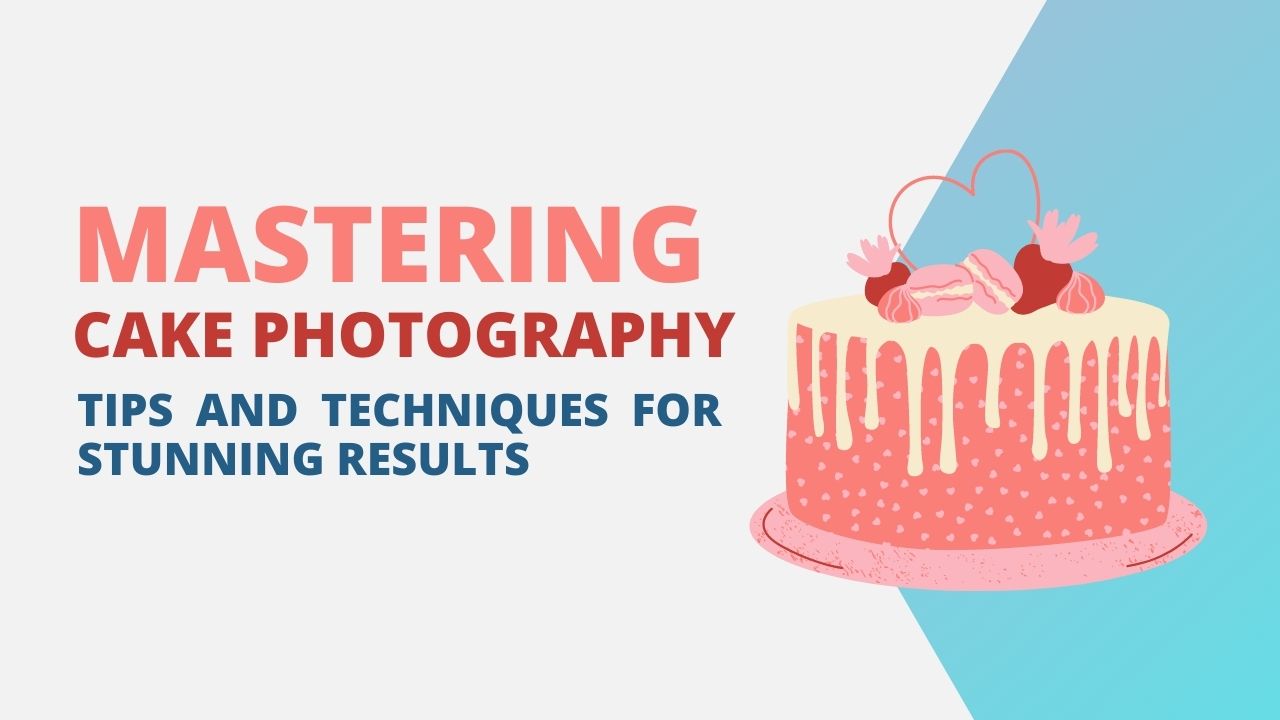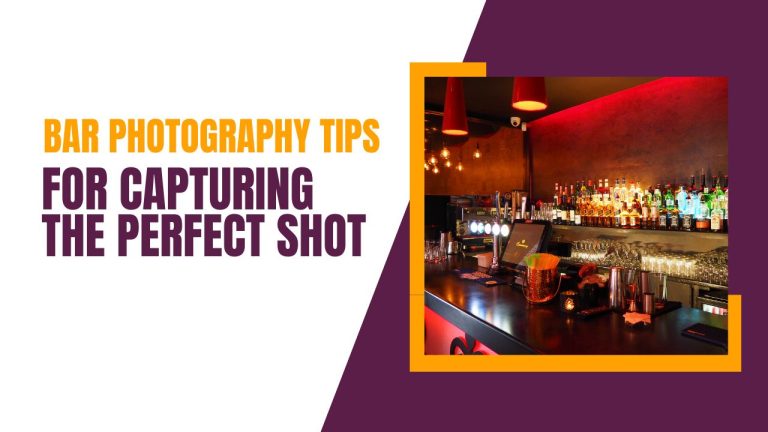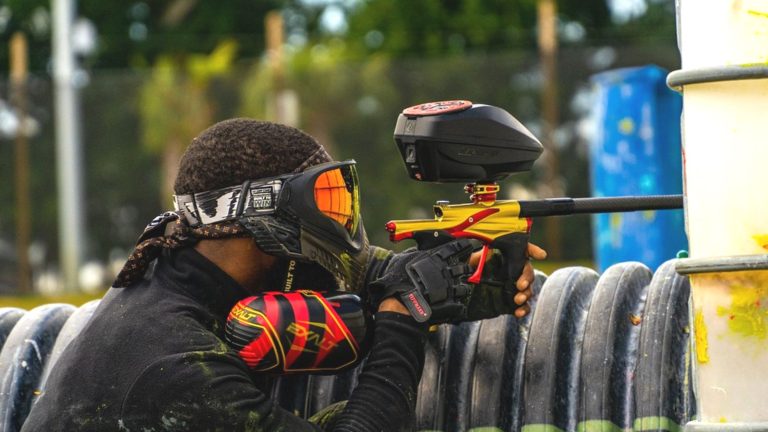Cake Photography Tips: Mastering Techniques for Stunning Results
Cake photography is an essential aspect of the cake making industry. As a cake maker, it’s important to be able to showcase your creations in the best possible light. Not only does it help attract new customers, but it also allows you to build a portfolio of your work. In this article, we will discuss various cake photography tips and techniques, to help you take stunning photos of your cakes that will make them stand out.
Camera Settings
The first step in mastering cake photography is understanding the basics of camera settings. By understanding the ISO, aperture, shutter speed, white balance, and focus, you can take full control of your camera and take photos that are sharp, well-lit, and properly exposed.
- ISO is the camera’s sensitivity to light. A lower ISO number means that the camera is less sensitive to light, and a higher ISO number means that the camera is more sensitive to light.
- Aperture controls the amount of light that enters the camera. A lower aperture number (such as f/1.8) means that more light is entering the camera, and a higher aperture number (such as f/22) means that less light is entering the camera.
- Shutter speed controls the amount of time that the camera’s shutter is open. A faster shutter speed (such as 1/1000 of a second) means that the shutter is open for a shorter amount of time, and a slower shutter speed (such as 1 second) means that the shutter is open for a longer amount of time.
- White balance controls the color temperature of the photo. It’s important to set the white balance correctly so that the colors in your photos are accurate.
- Focus is important for making sure your cake is in sharp focus. It’s best to use manual focus when taking photos of cakes, so that you have full control over the focus.
Lighting
Lighting is one of the most important aspects of cake photography. Good lighting can make or break a photo, and understanding how to use natural and artificial light to your advantage is key to taking great photos of cakes.
- Natural lighting is the light that comes from the sun. It’s a great option for cake photography because it’s soft, diffused, and easy to control. However, it’s important to note that natural lighting can be unpredictable and can change throughout the day.
- Artificial lighting is any light that is not from the sun. This can include studio lights, flash, and lamps. Artificial lighting can be more difficult to control than natural lighting, but it can be used to create a specific mood or look in a photo.
- Reflectors are used to bounce light back into the scene. They can be used to fill in shadows and create a more balanced photo.
- Diffusers are used to soften the light. They can be used to create a more natural-looking photo, and are especially useful when working with artificial light.
Composition
Composition is the way that the elements in a photo are arranged. There are several key composition techniques that can be used to take great photos of cakes.
- The rule of thirds is a basic composition technique that involves dividing a photo into thirds horizontally and vertically. By placing the subject of the photo on one of the intersection points, the photo will be more balanced and pleasing to the eye.
- Leading lines are lines that lead the viewer into or through the photo. They can be used to draw attention to the cake, and to create a sense of depth and movement in the photo.
- The frame within a frame technique involves using elements in the scene to frame the cake. This can include things like flowers, greenery, or even the table setting.
- Negative space is the empty space in a photo. It can be used to emphasize the cake and to create a sense of simplicity and elegance.
- Symmetry can be used to create a sense of balance and order in a photo. This can be achieved by placing the cake in the center of the photo and making sure that the elements on either side of the cake are balanced.
Angles
The angle at which you take the photo can have a big impact on the overall look and feel of the photo. There are several key angles that can be used to take great photos of cakes.
- The aerial shot is taken from above the cake, and can be used to show the overall design of the cake.
- The low angle shot is taken from a low angle, and can be used to make the cake appear larger than it is.
- The front angle shot is taken from the front of the cake, and can be used to show the details of the cake.
- The side angle shot is taken from the side of the cake, and can be used to show the height and layers of the cake.
- The close-up shot is taken from a close distance, and can be used to show the details of the cake, such as the icing, decorations, and textures.
Post-processing
Post-processing is the process of editing a photo after it has been taken. There are several key post-processing techniques that can be used to take great photos of cakes.
- Cropping is the process of cutting out parts of the photo that are not needed. This can be used to improve the composition of the photo and to focus on the cake.
- Straightening is the process of adjusting the horizon line of the photo. This can be used to make sure that the cake is level in the photo.
- Exposure adjustments can be used to make sure that the photo is properly exposed. This can be used to make sure that the cake is not too light or too dark in the photo.
- Color adjustments can be used to make sure that the colors in the photo are accurate. This can be used to make sure that the cake looks its best in the photo.
- Sharpening is the process of making sure that the photo is sharp. This can be used to make sure that the details of the cake are visible in the photo.
Props and Styling
Props and styling are used to add extra elements to a photo to make it more interesting and visually appealing.
- Table setting can be used to create a sense of context and to add interest to the photo.
- Flowers and greenery can be used to add a sense of natural beauty to the photo.
- Textures can be used to add visual interest to the photo. This can include things like the texture of the cake itself or the texture of the tablecloth.
- Color coordination can be used to make sure that the colors in the photo are harmonious. This can be used to make sure that the cake looks its best in the photo.
- Storytelling can be used to create a sense of context and to add a sense of meaning to the photo.
Conclusion
Cake photography is an essential aspect of the cake making industry. By understanding the basics of camera settings, lighting, composition, angles, post-processing, and styling, you can take stunning photos of your cakes that will make them stand out. Remember to experiment with different settings and techniques, and don’t be afraid to try new things.
It’s also important to keep in mind that taking great photos of cakes is not just about having the right equipment and technical skills, but also about having an eye for aesthetics and storytelling. It’s also very important to understand your audience and what they want to see, as this can be vary depending on the context and the purpose of the photo.
Practice is key, so don’t be discouraged if your first few photos don’t turn out as you’d hoped. With time and experience, you’ll develop your own unique style and be able to take photos of cakes that are truly stunning.
In conclusion, with the tips and techniques outlined in this article, you’ll be well on your way to mastering cake photography and taking photos that will make your cakes stand out. Happy shooting!







